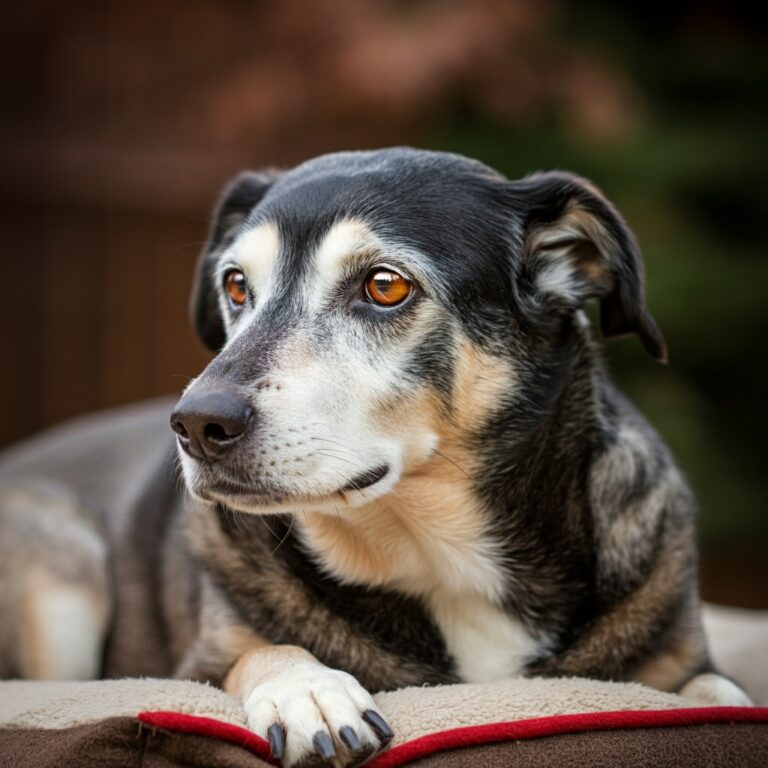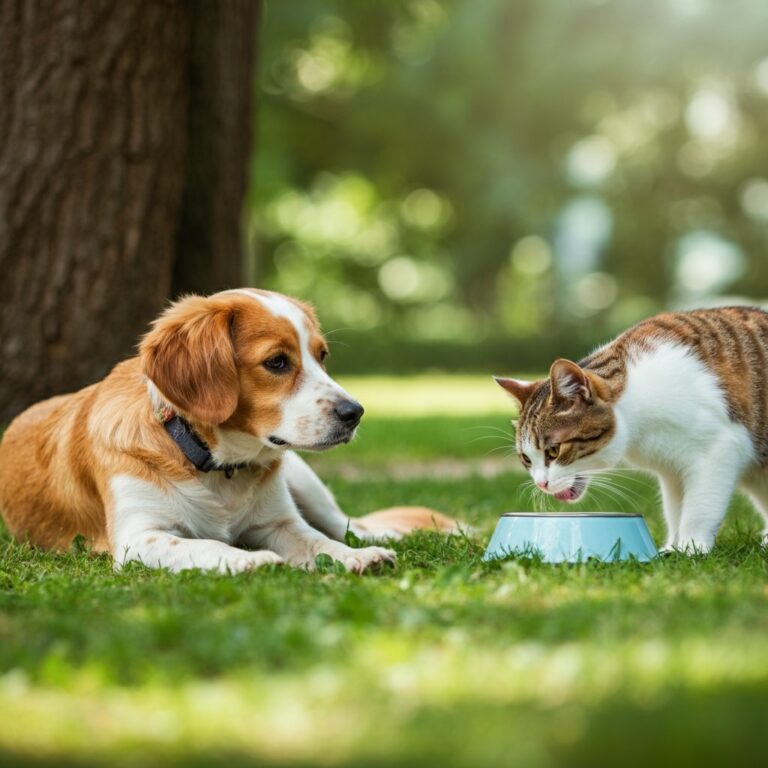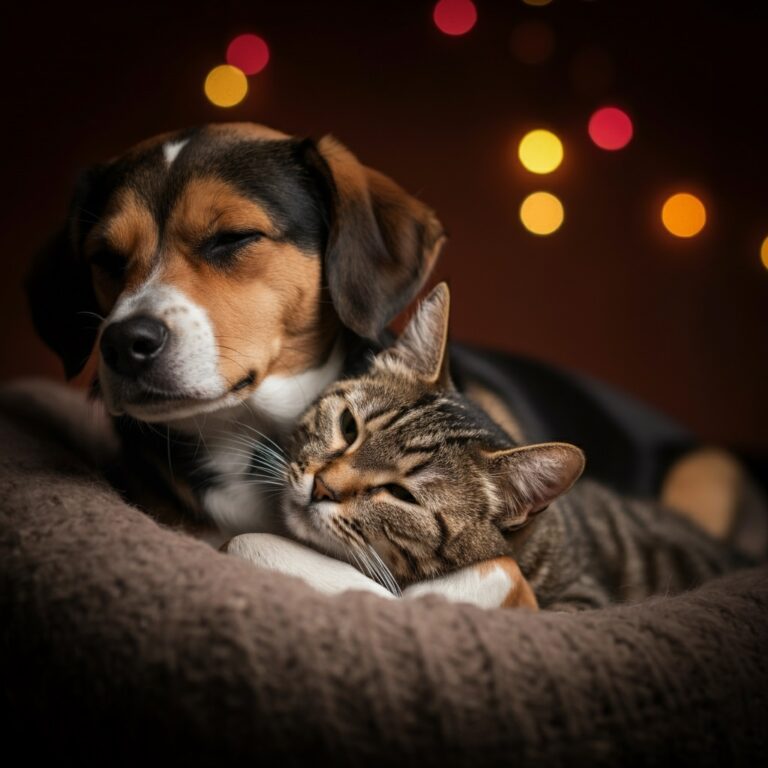
Maintaining your cat’s health is one of the cornerstones of responsible pet ownership, and their weight plays a crucial role in their overall well-being. But determining whether your cat is too skinny or overweight can be tricky, especially since cats come in all shapes and sizes.
This guide will help you identify whether your cat’s weight is within a healthy range, understand why weight management is crucial, and provide actionable steps to keep your feline friend fit and happy.
Keep reading to learn how you can be proactive about your cat’s health and help them maintain their purr-fect weight.
Why Is Your Cat’s Weight Important?
Your cat’s weight directly impacts their quality of life and overall health. Both being underweight and overweight come with risks that can affect them long-term.
Risks of Being Underweight
- Nutritional Deficiency: Cats that are too skinny may not be getting the nutrients they need to support their bodily functions.
- Decreased Immunity: An underweight cat is more susceptible to illness and infections due to a weakened immune system.
- Underlying Illness: Weight loss in cats can often be a sign of issues like hyperthyroidism, gastrointestinal disease, or diabetes.
Risks of Being Overweight
- Joint Problems: Extra weight puts unnecessary strain on their joints, leading to arthritis over time.
- Diabetes and Heart Disease: Overweight cats are more prone to developing chronic conditions like diabetes and heart issues.
- Reduced Life Expectancy: Obesity can shorten your cat’s life by several years if not addressed.
Understanding the implications a cat’s weight has on their body reveals why careful monitoring is essential.
Signs Your Cat May Be Too Skinny
If you’re unsure whether your cat is underweight, look for these telltale signs.
1. Bones Are Prominent
Run your hands along your cat’s sides. If their ribs, spine, or hip bones feel sharp or overly prominent without much muscle or fat covering them, your cat may be underweight.
2. Lack of Energy
Underweight cats often lack the energy needed for regular play or daily activities. They may seem lethargic or uninterested in their surroundings.
3. Dull Coat
A dry, flaky, or dull coat could indicate an insufficient diet, which often accompanies weight loss. Healthy cats typically have smooth, shiny fur.
4. Visible Waistline
While a defined waistline is normal, an extreme hourglass figure or sunken appearance near the hips may suggest that your cat is underweight.
Signs Your Cat May Be Overweight
On the opposite end of the spectrum, here are the key indicators that your cat may need to slim down.
1. Difficulty Feeling Ribs
If you can’t easily feel your cat’s ribs when running your hands over their sides, they may be carrying excess fat.
2. Round or Saggy Abdomen
An overweight cat will often have a hanging belly or a rounded midsection without much definition.
3. Decreased Mobility
Carrying extra weight can make it harder for your cat to jump or climb. You may notice they avoid higher perches or seem less active.
4. Overgrowth of Skin Folds
Excess weight can lead to additional skin folds, particularly around the neck and belly areas.
How to Determine Your Cat’s Ideal Weight
Your vet is always the best resource for determining your cat’s target weight, as the “ideal” range can vary by breed, age, and activity level. However, here are some general guidelines to help you assess your cat’s body condition.
Continues after advertising
The Cat Body Condition Score (BCS)
The BCS is a nine-point scale used to assess a cat’s body condition. A BCS of 4-5 is considered ideal, while anything below 4 indicates a cat is too skinny, and above 5 suggests they are overweight.
- BCS 1-3 (Too Skinny)
Cats with ribs that are highly visible or easily felt fall into this range.
- BCS 4-5 (Ideal)
A healthy cat has ribs that can be felt but are not covered in excess fat, with a visible but soft waistline.
- BCS 6-9 (Overweight)
Overweight cats have a thick fat layer over their ribs and lack a defined waistline. They may also have a hanging abdomen.
Tips to Maintain Your Cat’s Healthy Weight
Now that you know how to assess your cat’s weight, here’s how to get them back on track if they’re too skinny or overweight.
For Underweight Cats
- Schedule a Vet Checkup
If your cat is underweight, the first step is to rule out any underlying health issues such as hyperthyroidism, kidney disease, or parasites.
- Adjust Their Diet
-
- Opt for calorie-dense, nutritionally balanced cat food designed for weight gain.
- Feed your cat more frequent, smaller meals throughout the day.
- Reduce Stress
Cats can lose weight due to stress from environmental changes or lack of mental stimulation. Improve their environment by adding interactive toys or scratching posts.
For Overweight Cats
- Consult Your Vet
Your vet can help you design a safe weight-loss plan tailored to your cat’s specific needs, including portion recommendations.
- Measure Portions
Avoid free-feeding and stick to controlled portions of high-quality cat food. Use a feeding guide or measuring cup for accuracy.
- Encourage Activity
Stimulate your cat’s movement with toys like laser pointers, feather wands, or treat-dispensing puzzles.
- Limit Treats
Reduce calorie intake by limiting treats, or switch to low-calorie alternatives.
When to Consult a Veterinarian
Regardless of whether your cat is too skinny or overweight, it’s always a good idea to involve your veterinarian. They can provide precise weight ranges, perform necessary health screenings, and recommend appropriate dietary adjustments to ensure your feline friend stays healthy.
Read More👉 How to Foster Pets Before Adoption
Keep Your Cat Fit and Healthy
A healthy weight is crucial for your cat’s well-being, happiness, and longevity. By monitoring their body condition regularly, making dietary adjustments, and engaging them in playtime, you can help them maintain their ideal weight.
If you’re still unsure about your cat’s weight or suspect an underlying issue, reach out to your veterinarian for a check-up. After all, a little attention to your cat’s health today can lead to many more joyful purring-filled years ahead.



